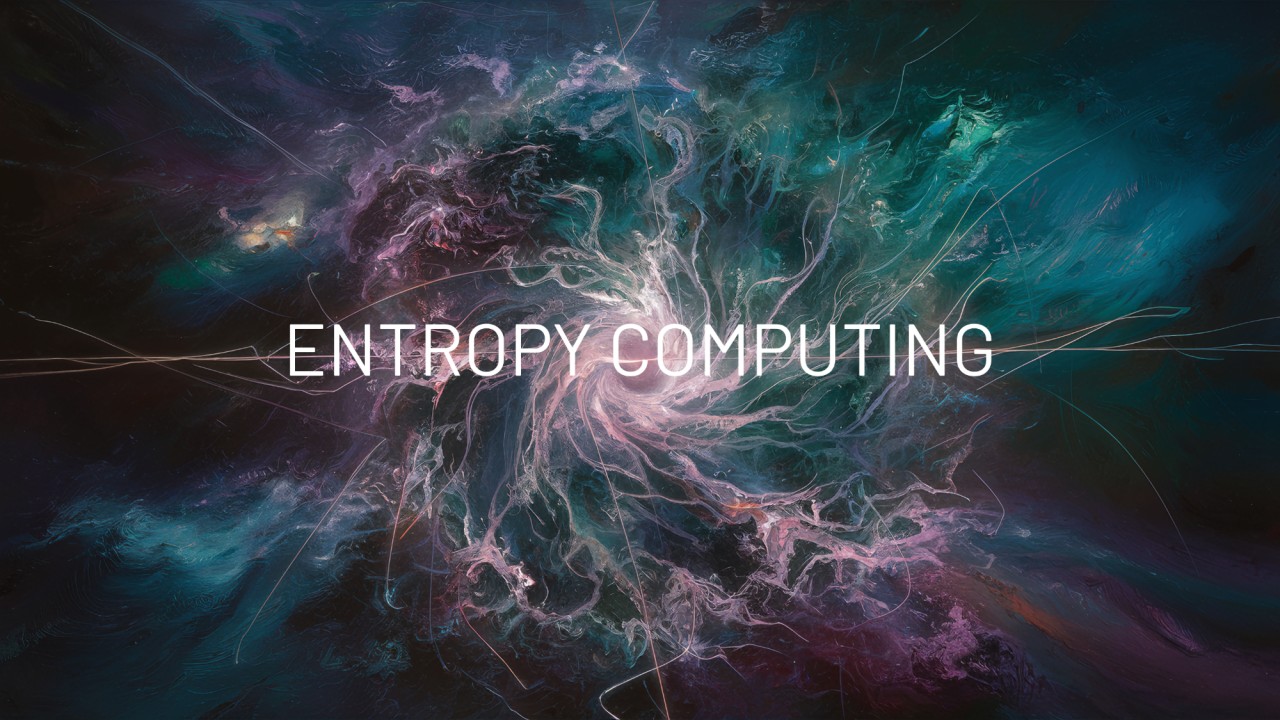
The Power of Chaos: Harnessing Entropy Fluctuations for Next-Gen AI
As synthetic intelligence (AI) maintains to strengthen at a fast tempo, the demand for computational electricity has skyrocketed. To deal with the challenges of scalability and energy performance, researchers are exploring modern solutions, inclusive of probabilistic computing. One specially promising approach is harnessing entropy fluctuations to carry out computations. In this article, we are able to delve into the idea of entropy fluctuations, their application in probabilistic computing for AI, and the potential impact at the future of AI technology.
Understanding Entropy Fluctuations
Entropy, a essential idea in thermodynamics, represents the diploma of ailment or randomness inside a device. Entropy fluctuations discuss with the natural, stochastic variations within the behavior of physical structures, along with particle movement or electrical modern-day glide. These fluctuations may be leveraged to execute computations, particularly within the realm of probabilistic computing.
The Role of Probabilistic Computing in AI
Probabilistic computing is a computational paradigm that utilizes possibility concept to represent and manage uncertainty. In AI programs, probabilistic computing is specially beneficial for modeling complicated systems, making predictions, and decision-making beneath uncertainty, specially while information is restricted, noisy, or incomplete.
Entropy fluctuations play a critical role in producing real random numbers, which might be important for probabilistic computing. Unlike pseudo-random numbers generated via virtual computers, real random numbers produced by way of tapping into the inherent randomness of physical systems can higher capture the uncertainty of actual-global phenomena, ensuing in extra correct and strong AI models.
Applications and Potential Impact
The programs of entropy fluctuations in AI are large and span numerous domain names, which includes:
1. Generative Models: Generative models like GANs and VAEs can leverage entropy fluctuations at some point of schooling and inference to higher capture the complexity and variability of real-global information, main to more sensible and numerous outputs.
2. Optimization and Sampling: By using the inherent randomness of bodily systems, probabilistic computing with entropy fluctuations can discover answer spaces more efficaciously, resulting in quicker convergence and higher solutions for optimization algorithms and sampling techniques.
3. Uncertainty Quantification: Incorporating entropy fluctuations allows probabilistic computing to offer greater particular estimates of uncertainty in AI models, specially while dealing with noisy or sparse facts. This ends in more dependable predictions and selection-making.
As virtual computing methods its physical limits, probabilistic computing and entropy fluctuations provide a promising opportunity for scalable, electricity-efficient AI. However, demanding situations which includes hardware and software integration, scalability, and robustness want to be addressed to absolutely realize the capacity of this method.
"The second law of thermodynamics has the same degree of truth as the statement that if you throw a tumblerful of water into the sea, you cannot get the same tumblerful of water out again." - James Clerk Maxwell
Thermodynamic AI: Unifying Physics-Inspired Algorithms
Many AI algorithms draw thought from physics and employ stochastic fluctuations. Thermodynamic AI is a mathematical framework that unifies these seemingly disparate algorithmic training, inclusive of generative diffusion models, Bayesian neural networks, Monte Carlo sampling, and simulated annealing.
Currently, Thermodynamic AI algorithms are done on digital hardware, which limits their scalability and capability. However, stochastic fluctuations naturally occur in bodily thermodynamic structures and may be regarded as a computational resource. This recognition has led to the proposal of a novel computing paradigm wherein software and hardware grow to be inseparable.
Future directions
The utility of entropy fluctuations in probabilistic computing offers a promising direction ahead for AI, supplying a scalable and electricity-efficient opportunity to conventional virtual computing. By harnessing the inherent randomness of physical systems, probabilistic computing can enhance the accuracy, performance, and reliability of AI fashions throughout diverse domain names.
The capacity impact of entropy fluctuations and probabilistic computing at the destiny of AI is big. As we retain to discover and refine those principles, we are able to anticipate to look considerable improvements in AI abilties, from extra sensible generative models to more efficient optimization algorithms and greater dependable decision-making structures.
Moreover, the improvement of Thermodynamic AI hardware, with its fundamental building blocks of s-bits and s-modes, together with the incorporation of Maxwell's demon gadgets, opens up new avenues for innovation in AI hardware design. This novel computing paradigm, wherein software program and hardware turn out to be inseparable, has the ability to revolutionize the manner we method AI development and deployment.
Some further reads:
Seth Lloyd, “Quantum-mechanical maxwell’s demon,” Physical Review A 56, 3374 (1997).
Michael A. Nielsen and Isaac L. Chuang, Quantum Computation and Quantum Information (Cambridge University Press, Cambridge, 2000).
Dillenbourg, P., & Fergus, B. (2016, December). Hardware for probabilistic computing. In 2016 IEEE International Symposium on High Performance Computer Architecture.
Bernhard E Boser, Eduard Sackinger, Jane Bromley, Yann Le Cun, and Lawrence D Jackel, “An analog neural network processor with programmable topology,” IEEE Journal of Solid-State Circuits 26, 2017–2025 (1991).
Todd Hylton, “Thermodynamic state machine network,” Entropy 24, 744 (2022).
Kerem Y. Camsari, Brian M. Sutton, and Supriyo Datta, “p-bits for probabilistic spin logic,” Applied Physics Reviews 6, 011305 (2019).
Naesseth, C. E., Lindsten, F., & Lindah, N. G. (2020). Markov chain Monte Carlo without likelihoods. Journal of Machine Learning Research.
* I went from Physics to Advertising and Marketing to Math: www.e8gate.com
DATA SCIENTIST | Freelance
8 个月WoW quelle chance???? Steven Delcourt
Bringing brands to life.
8 个月Ayoub Benhamdi je l'ai écrit que pour toi ! ??